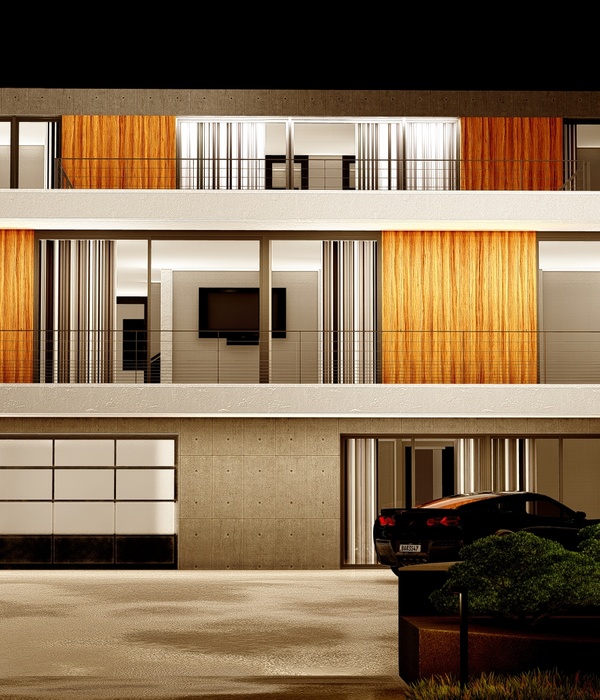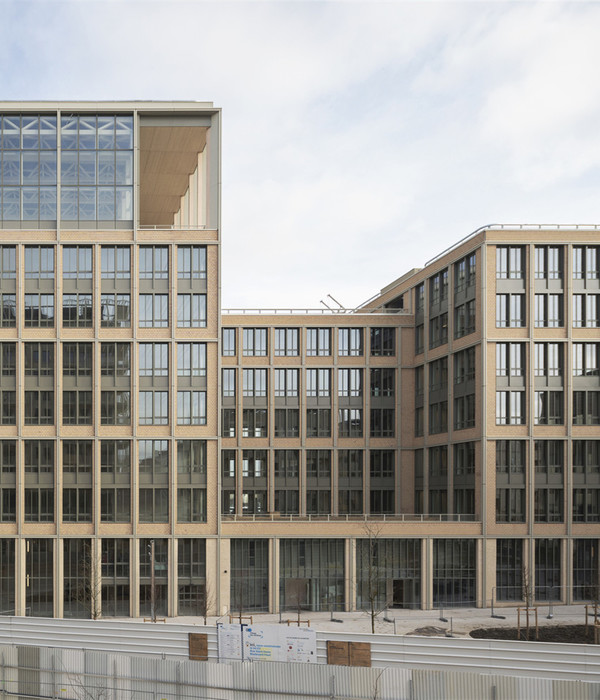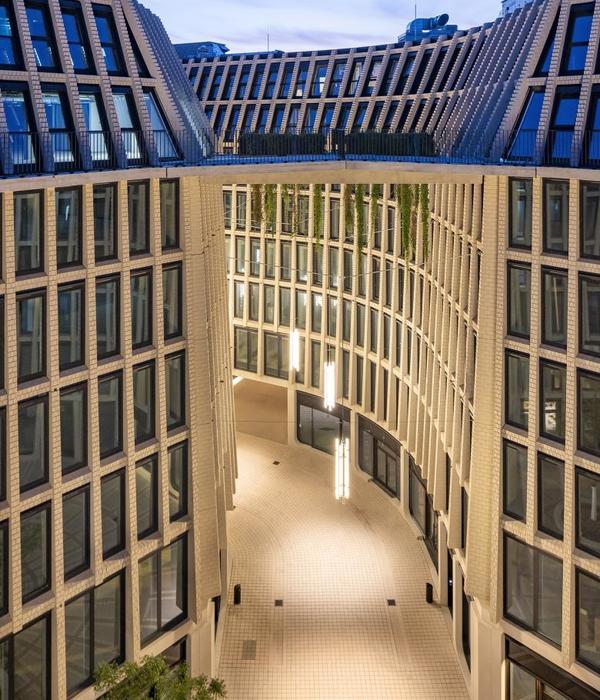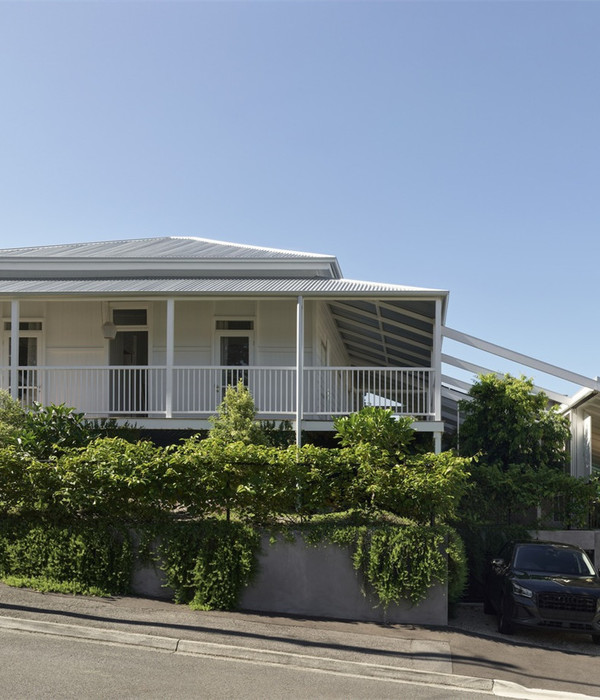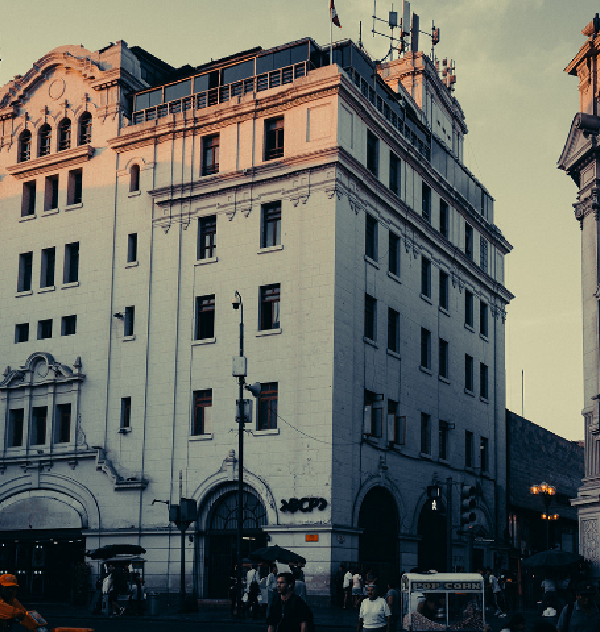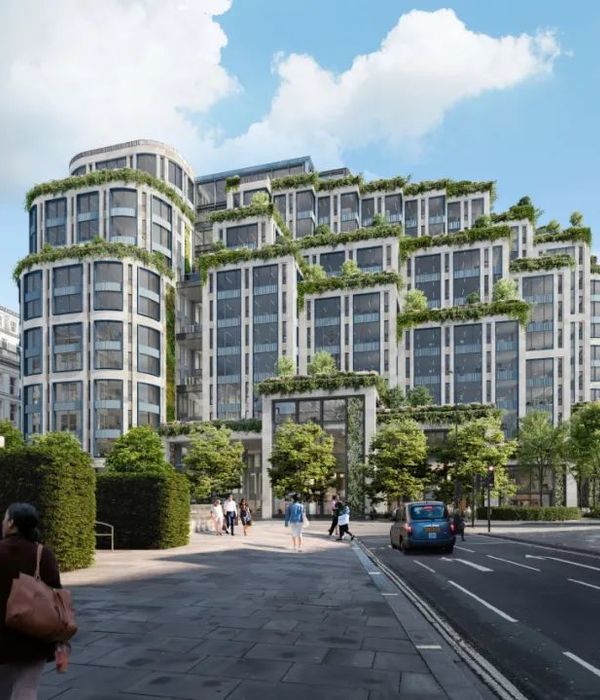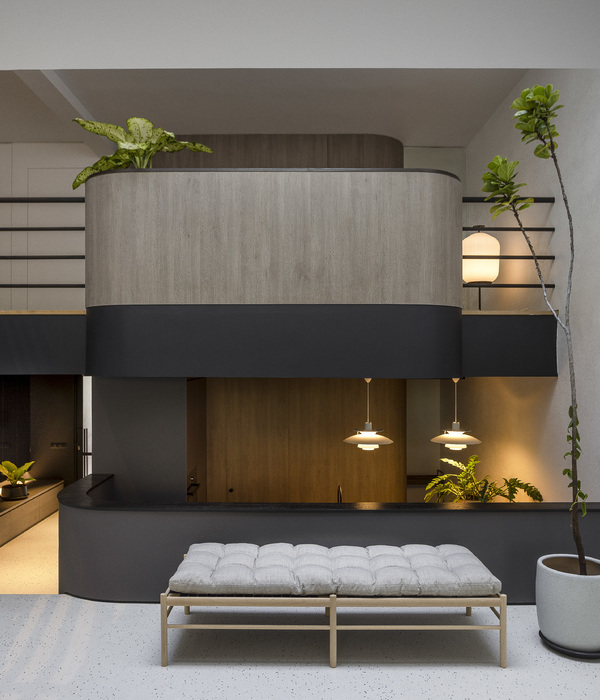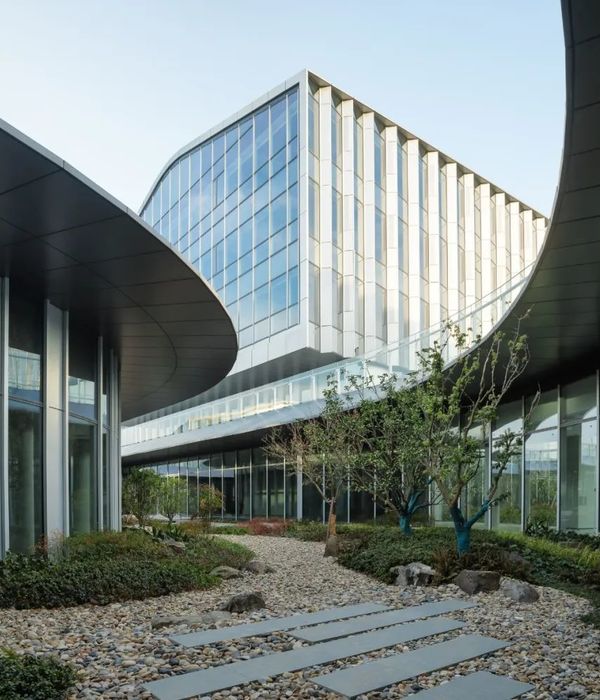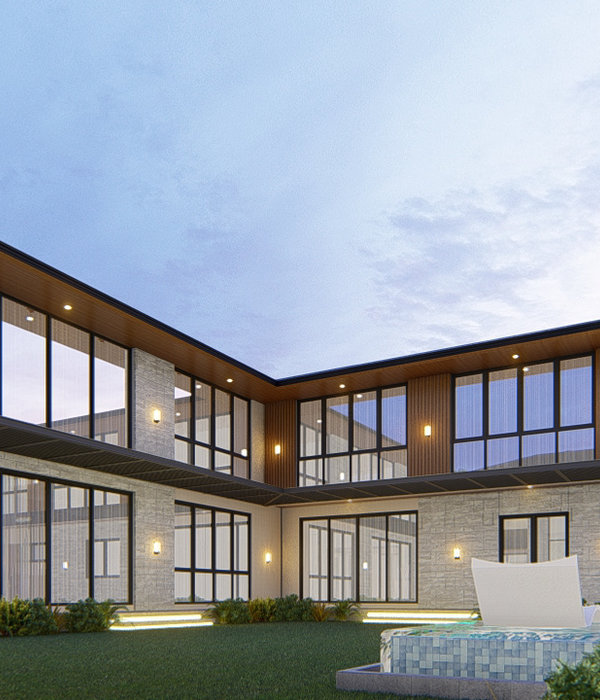Architects:DE-SO
Area :16000 m²
Year :2022
Photographs :Giuseppe de Fransceco
Lead Architects :Olivier Souquet
Engineering :RFR Vietnam
Design Team : Nguyễn Bá Định, François Barberot, Nguyễn Xuân Trang
Clients : Hung Hau University
City : Phong Phú
Country : Vietnam
DE-SO Asia, therefore, completely redesigned the facades of the project while following the general volumetry and the initially planned interior layout. The existing founding feature of the project, which is the enclosed peripheral corridor, was then opened up to create an open-air passageway, optimizing natural ventilation and comfort while reducing maintenance costs. The agency was then commissioned to propose the master plan for the entire university campus and the future development of several projects around this building. The agency was then commissioned to propose the master plan for the entire university campus and the future development of several projects around this building.
Build In Tropical Climate Bioclimatic Passageways - Tropical climates require optimal ventilation and practical sunshades for windows to minimize heat on the exterior and interior spaces.
Thermal inertia and insulation are not priorities for a building in a tropical climate. The classroom must have natural light. The air humidity in Saigon is relatively high (75-80%). For health and safety reasons (e.g., during times of health risks such as COVID), priority should be given to reducing the use of air-cooled chillers in classrooms and promoting as much natural ventilation as possible. Carbon dioxide levels should be limited by ensuring good ventilation. The view from the classrooms overlooks the shaded space of the corridors. It is a rational and effective solution to foster natural ventilation. This arrangement also allows easy and secure opening of the windows. The combination of a double facade and passageways makes maintenance easy and reduces the energy costs of cooling. Windows located on the facade will cause a greenhouse effect if the material’s insulation is poor.
The facade consists of a double skin - On the outside, a filter of random precast vertical filters stretches over two levels and around the entire periphery of the building. This vertical arrangement is separated horizontally by strips and planters with tropical species, which will help to strengthen the solar filter on the passageways.
These vertical filters are arranged freely like the books on a bookshelf. The double height of the filters transforms the volume proportions of the building’s exterior and makes the building appear imposing. The filters vary in size, and the variations of the shadows cast on the passageways enliven the musicality of the facade. On the inside, the facade of the classrooms, set back from the filters, is protected from the rain and the sun; maintenance becomes easy. The classroom walls are inspired by the colors of Vietnamese fishing boats and the turquoise blue found in many homes in the Mekong Delta.
These colors were also the colors of the brand identity of the Hung Hau group. These ventilated and shaded passageways responding to the solar rhythm of the day are the living spaces all day long: well, protected by a high railing and taut cables. Instead of noisy interior corridors. These open corridors will provide a quieter atmosphere where students can gather during inter-classes.
{{item.text_origin}}

